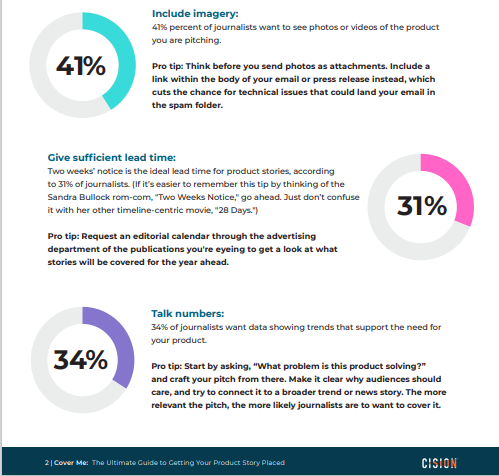Understanding How Does a USDA Loan Work: A Comprehensive Guide to Rural Home Financing
#### What is a USDA Loan?A USDA loan, or United States Department of Agriculture loan, is a government-backed mortgage designed to promote homeownership in……
#### What is a USDA Loan?
A USDA loan, or United States Department of Agriculture loan, is a government-backed mortgage designed to promote homeownership in rural and suburban areas. These loans are aimed at low to moderate-income households, offering them the opportunity to purchase homes with little to no down payment. The USDA loan program is part of the USDA's broader mission to improve the economy and quality of life in rural America.
#### How Does a USDA Loan Work?
So, how does a USDA loan work? The process begins with the eligibility requirements, which include location, income limits, and creditworthiness. USDA loans are primarily available in designated rural areas, and the USDA maintains a list of eligible locations. Applicants must also meet specific income criteria, which generally should not exceed 115% of the median income for the area.
Once eligibility is established, the applicant can apply for a USDA loan through approved lenders. The loan can cover 100% of the purchase price, meaning no down payment is required. This feature makes USDA loans particularly appealing to first-time homebuyers or those with limited savings. The loan can be used for various types of properties, including single-family homes, townhouses, and certain types of manufactured homes.

#### Types of USDA Loans
There are two primary types of USDA loans: the USDA Guaranteed Loan and the USDA Direct Loan. The USDA Guaranteed Loan is designed for moderate-income borrowers and is issued by approved lenders, with the USDA guaranteeing a portion of the loan. This guarantee allows lenders to offer favorable terms, such as lower interest rates and reduced mortgage insurance premiums.
On the other hand, the USDA Direct Loan is aimed at low-income applicants and is issued directly by the USDA. This type of loan offers more favorable terms, including lower interest rates and the possibility of payment assistance to help make homeownership more affordable.
#### Benefits of USDA Loans

One of the most significant advantages of USDA loans is the no down payment requirement, which can be a significant barrier for many homebuyers. Additionally, USDA loans typically have lower interest rates compared to conventional loans, making monthly payments more manageable. The mortgage insurance premiums are also lower than those of FHA loans, further reducing the overall cost of homeownership.
Another benefit is the flexibility in credit requirements. While traditional loans often require a higher credit score, USDA loans may be accessible to borrowers with lower credit scores, as long as they demonstrate the ability to repay the loan.
#### How to Apply for a USDA Loan
To apply for a USDA loan, prospective borrowers should first check their eligibility based on location and income. This can be done through the USDA's official website, where they can also find a list of approved lenders. Once they identify a lender, they can begin the application process, which typically involves submitting financial documents, proof of income, and information about the property they wish to purchase.

After the application is submitted, the lender will review the borrower's financial situation and the property's eligibility. If approved, the borrower will receive a loan estimate detailing the terms and costs associated with the loan.
#### Conclusion
In summary, understanding how does a USDA loan work can open doors for many individuals and families seeking to achieve homeownership in rural areas. With no down payment, competitive interest rates, and flexible credit requirements, USDA loans serve as a valuable resource for those looking to buy a home in eligible regions. By familiarizing themselves with the application process and the benefits of USDA loans, prospective buyers can take significant steps toward securing their dream home.